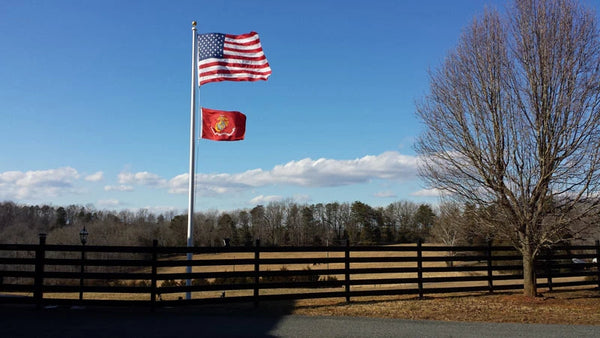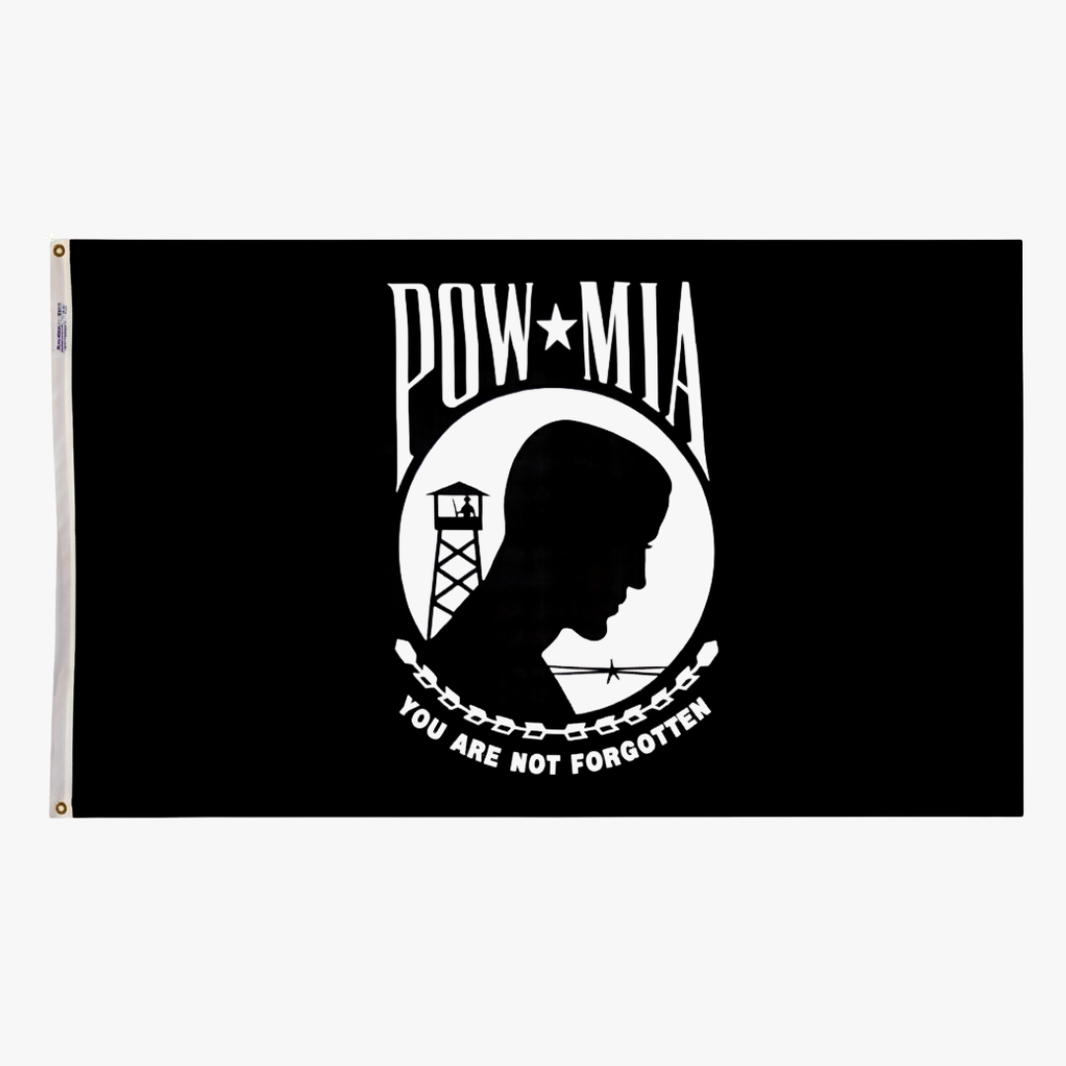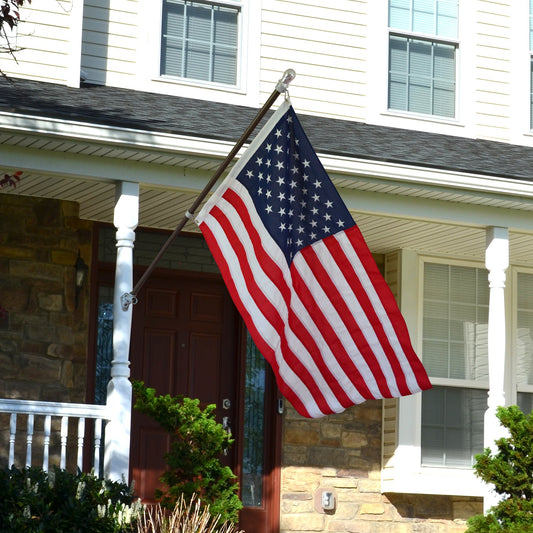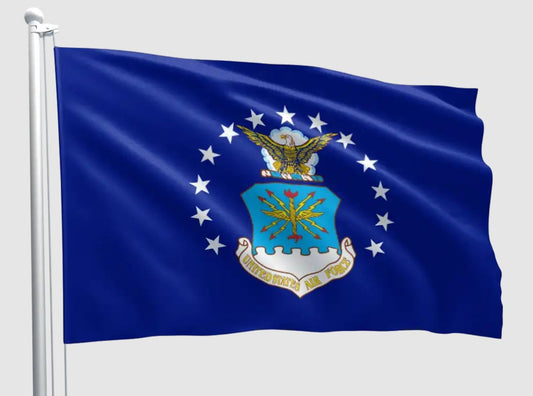
Advice for Flagpole Safety During Storms

The importance of flagpole safety cannot be overstated, especially when dealing with extreme weather conditions. This article provides comprehensive advice on ensuring flagpole safety during storms, focusing on regions such as Virginia (VA) and New Jersey (NJ), where storms are common. Ensuring safety during a storm starts with installation.
Understanding the Importance of Flagpole Safety During Storms
Flagpoles, though often overlooked, are a crucial element of property safety during storms. High winds can damage the flagpole itself and potentially lead to property destruction or injury should the pole collapse or break. Beyond the risk of physical harm, there is a profound respect and reverence associated with flags, particularly national ones. Their proper treatment and the avoidance of preventable damage are thus of significant importance. Understanding these aspects is the first step toward maintaining safety and respect.
- Storms can damage flagpoles, leading to property destruction and potential harm.
- Respecting the flag involves preserving its condition and avoiding preventable damage.
Correct Flag Etiquette During Storms
The etiquette of managing flags during storms ties directly into safety and respect. Unless you have an all-weather flag, it should not be flown during inclement weather. However, in extreme weather conditions such as violent storms, it's prudent to remove the flag regardless of its material to prevent undue wear and tear and to eliminate a factor that could compromise the stability of the flagpole.
- Follow the U.S. Flag Code guidelines for flag display during storms.
- Consider removing the flag in extreme weather to prevent wear and tear and maintain stability.
- Proper flag etiquette shows respect for national symbols.
- Removing the flag during storms minimizes damage and risk.
Preventive Measures: Pre-Storm Preparations
Preparation plays a vital role in flagpole safety before a storm hits. Such measures include:
- Inspecting the pole for signs of wear or damage.
- Ensuring that the halyard and snap hooks are in good condition.
- Confirming that the flag can be lowered quickly if necessary.
If the forecast predicts extremely violent conditions, removing the flag and securing the halyard may be wise to prevent any wind-induced damage.
- Inspect the flagpole for wear, damage, and loose components before a storm.
- Ensure the halyard and snap hooks are in good condition.
- Be prepared to quickly lower or remove the flag when necessary.
- Consider securing the halyard during extremely violent conditions.
- Regular inspections help identify potential issues before storms.
- Proper maintenance reduces the risk of flagpole damage.
Action Plan: What to Do During a Storm
During a storm, safety remains the priority. If the storm's intensity escalates, lowering or even removing the flag may be necessary. However, assessing the risk involved in this action is essential - personal safety should never be compromised to save the flag or pole. After the storm, inspect the flagpole and your flag(s) for any damage or wear and arrange for any necessary repairs or replacement as soon as possible.
- Prioritize personal safety over saving the flag or pole.
- Assess the storm's intensity and consider lowering or removing the flag if conditions worsen.
- After the storm, inspect the flagpole for damage and arrange for repairs or replacement as needed.
- Safety should be the primary concern during storms.
- Prompt post-storm inspections and repairs are essential.
Flagpole safety during storms involves understanding the risks, following proper flag etiquette, taking preventive measures, and having a clear action plan. With these steps, you can protect both the flag and the flagpole and, more importantly, ensure the safety of the surroundings.










